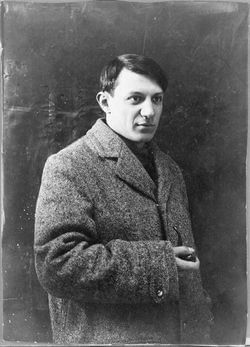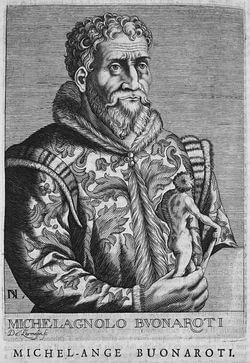.jpg?bossToken=ada91d1587bf67f8f996d4a7620ca62441fd1ca1396f2176f0311900264b82af)
Photo Attribution: Johannes Vermeer, Public domain, via Wikimedia Commons
Johannes Vermeer
This example has been viewed 760x times
Summary
Rodden Rating
Analysis for Johannes Vermeer
Biography
Johannes Vermeer, one of the most renowned Dutch painters of the 17th century, was born on October 31, 1632, in Delft, a vibrant city in the Dutch Republic. He would later become famous for his masterful use of light, intricate compositions, and the ability to capture the subtlest moments of everyday life in his art.
Early Life and Family
Vermeer was born to Reijnier Janszoon, a skilled weaver and innkeeper, and Digna Baltus, in the heart of Delft. He was baptized in the Reformed Church on October 31, 1632. Vermeer had numerous siblings, and his father's profession introduced him to a world of textiles, pigments, and fabrics that would later play a significant role in his paintings.
Artistic Training and Mentorship
Vermeer's early artistic training remains somewhat of a mystery. It is likely that he studied under various local artists and possibly had a brief apprenticeship with Carel Fabritius, a renowned painter from Delft. Fabritius's influence is visible in some of Vermeer's works.
Personal Life and Marriage
In 1653, Johannes Vermeer married Catharina Bolnes, a Catholic woman from a prominent family in Delft. This marriage would later be crucial in understanding his conversion to Catholicism. The couple had 15 children, although many did not survive infancy. The family's financial situation was often strained due to the growing household and Vermeer's relatively slow production of paintings.
Artistic Style and Works
Vermeer's paintings are characterized by their remarkable use of light, meticulous attention to detail, and an ability to convey intimate moments. His subject matter often revolved around domestic scenes, portraying ordinary life with an extraordinary level of skill. Some of his most famous works include "Girl with a Pearl Earring," "The Milkmaid," "The Art of Painting," and "The Girl with a Red Hat."
Conversion to Catholicism
In 1671, Johannes Vermeer converted to Catholicism, likely due to his wife's faith. The political and religious landscape in the Dutch Republic was undergoing significant changes, and Vermeer's conversion may have affected his standing in the artistic community.
Legacy and Influence
During his lifetime, Vermeer did not achieve the same level of recognition as some of his contemporaries. He produced a relatively small number of paintings, and his works were primarily appreciated by a local audience. It was only in the 19th century that his art gained the attention and acclaim it deserved. Today, Vermeer is celebrated as one of the greatest painters of the Dutch Golden Age, and his contributions to art and his distinctive style continue to inspire and captivate art enthusiasts and scholars worldwide.
Johannes Vermeer's short life ended on December 15, 1675, in Delft, where he was buried in the Oude Kerk. His artistic legacy lives on, and his masterpieces are cherished for their timeless beauty and the profound way in which they capture the play of light and the subtleties of human experience.
**** Disclaimer: There is no birth time available for Vermeer. We have rectified the time based on various elements, therefore, the degree of the moon, and the degrees of the house cusps (i.e. the main glyph here) should not be relied upon.
Raw Data
Horoscope Data
Comments
Natal Data
1632-10-31 14:15:00 GMT
52° 0′ 41.7″ N 4° 21′ 25.4″ E
Delft, Netherlands

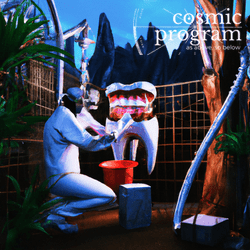





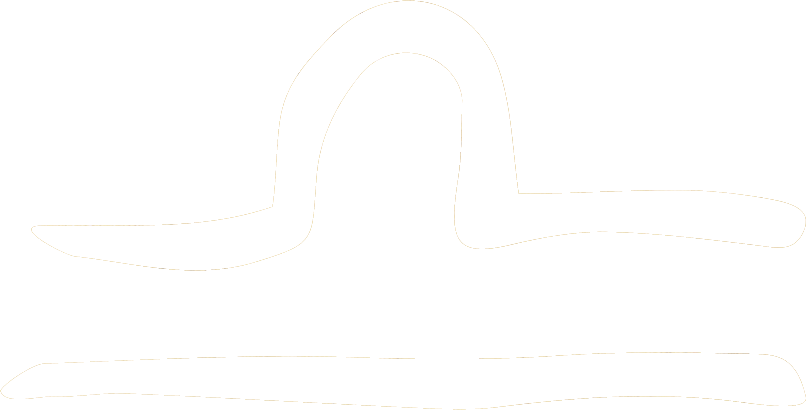







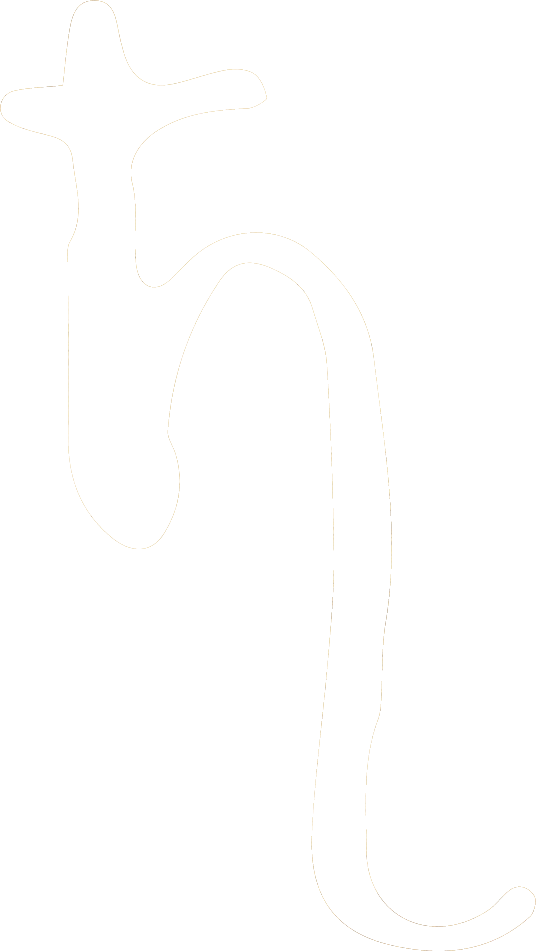







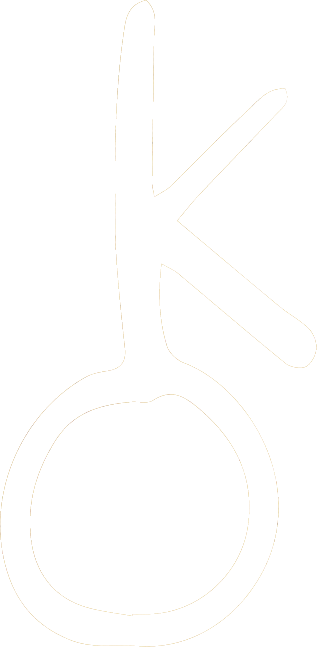














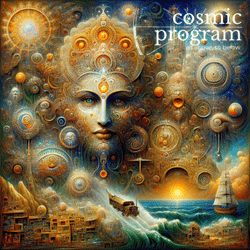
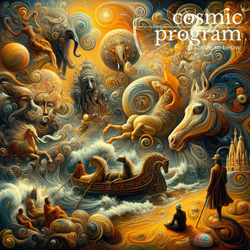

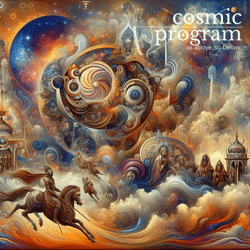

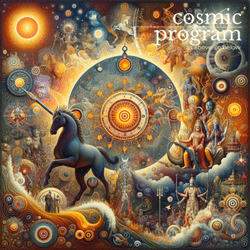

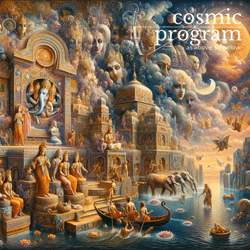

.jpg?bossToken=1a24386f4ccb68ae06d86a65be509c0323a6b3171d94da99f38a22982cd17add)
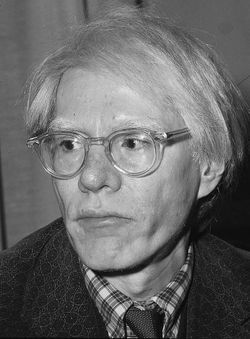
.png?bossToken=2c2a8099971eda5609f2bca07c3388a27d24dc486153cfdde42c5abb491875be)
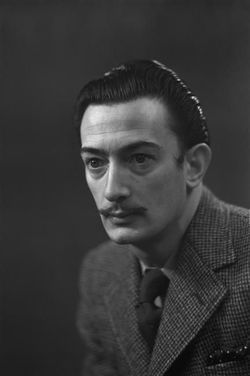


.jpg?bossToken=b45650ff11d85776a21403187da8e8d6f4fddfef4d3354dfefa21449304c7595)
